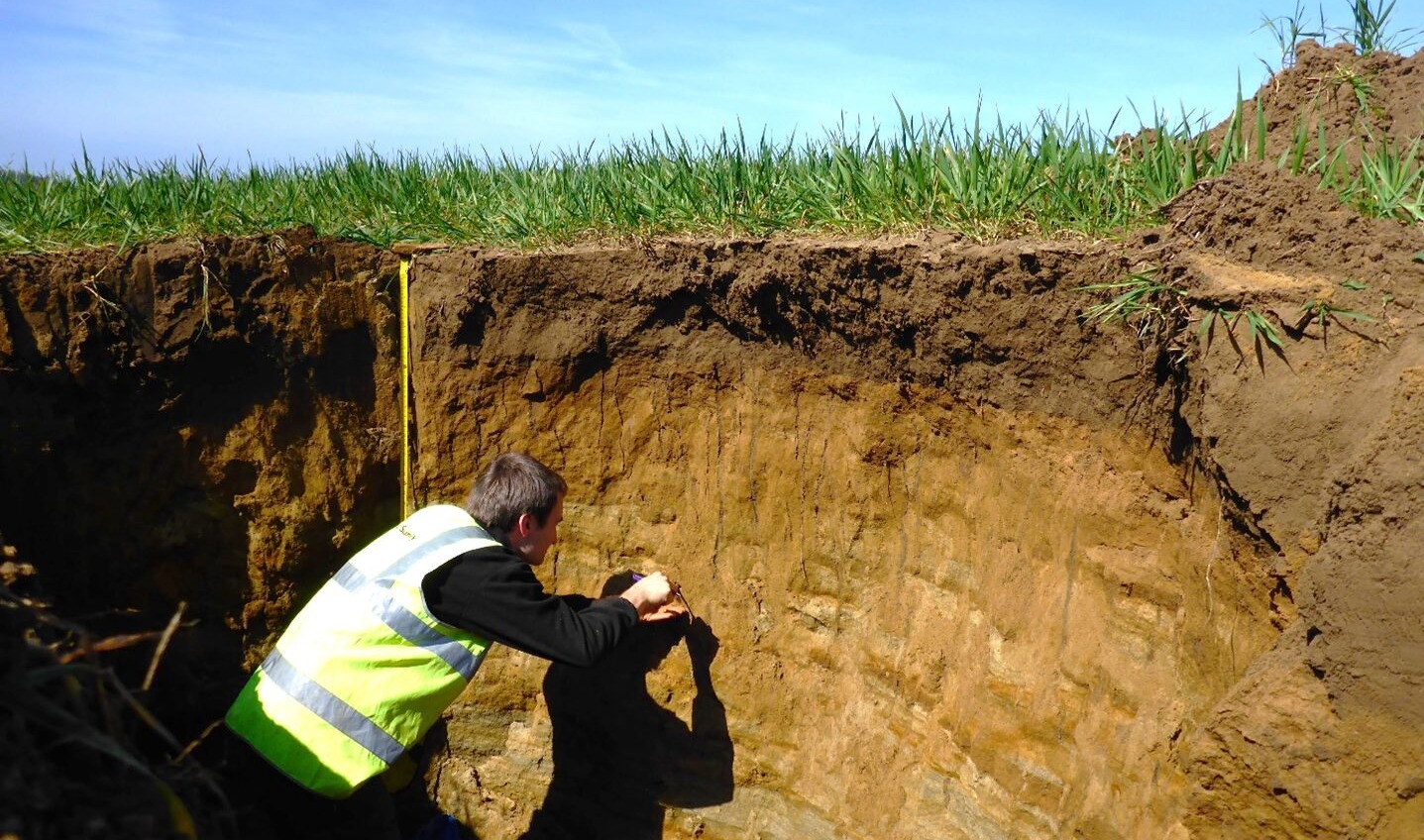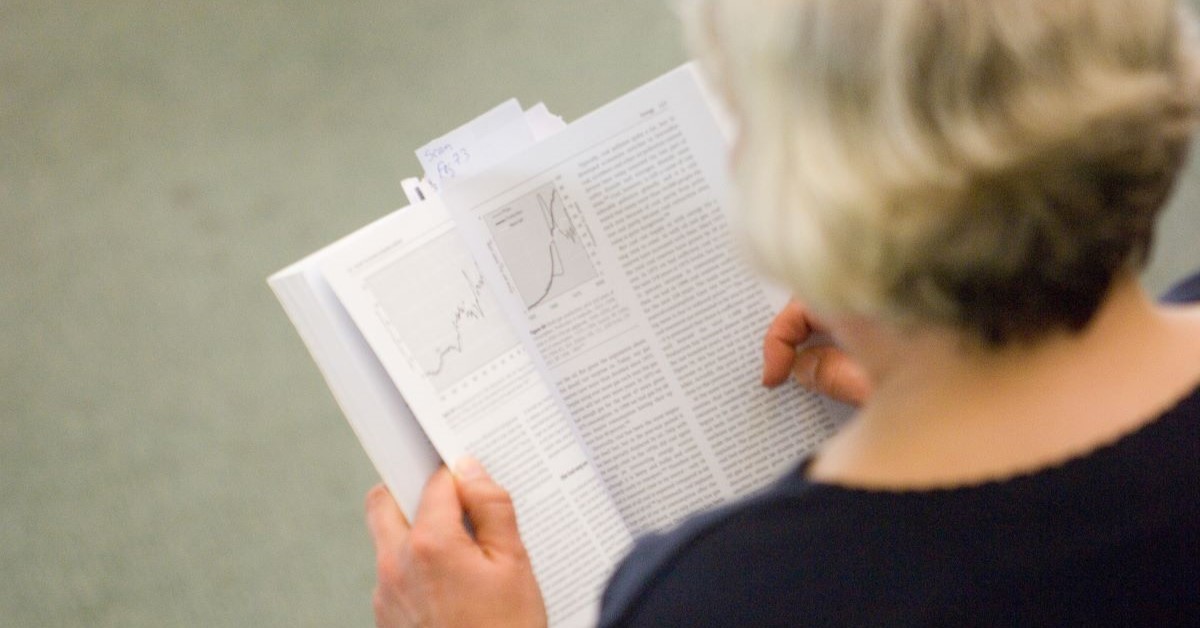Using European Space Agency expertise to grow better crops
22/02/2017
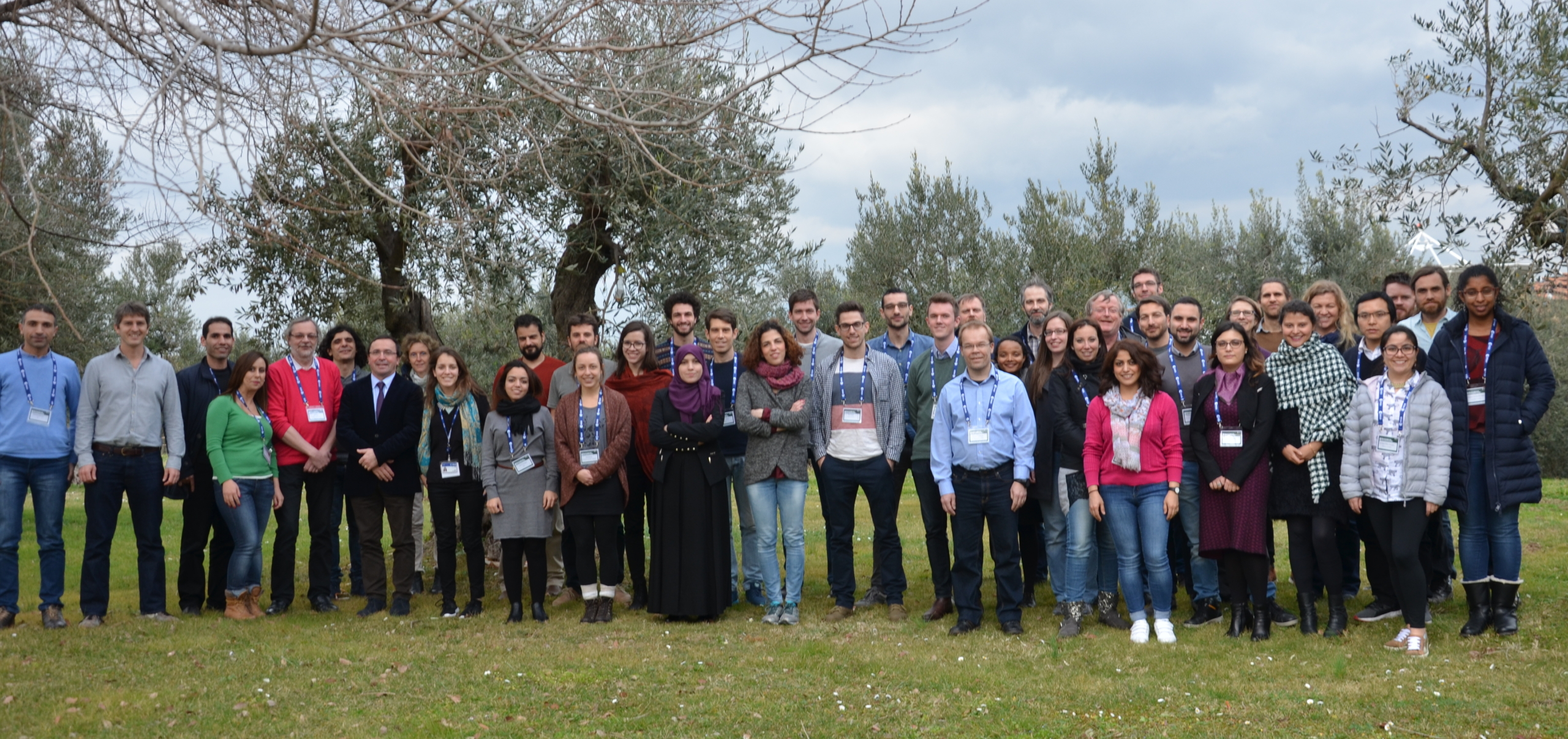
When you hear the words European Space Agency (ESA), ambitious missions to mars or spectacular crash-landings on comets may come to mind. What is less likely to occur is agriculture and improving crop yields. But earlier this month (6th-9th February 2017), I attended the 4th ESA Advanced Course on Radar Polarimetry taking place in ESA-ESRIN, Frascati (Italy) for those very reasons.
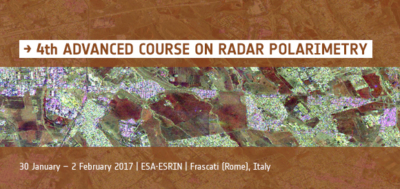 This free course was an excellent opportunity to meet experts in the field of Polarimetric Synthetic Aperture Radar (PolSAR) and to learn more about the potentials and limitations of this technique. PoISAR is a measurement system based on Radar (an antenna on-board a satellite/plane emits an electromagnetic wave down the Earth and records the echo from the land surface) able to record signals at different polarisations…think of it as a camera recording different colours. These polarisations are sensitive to different characteristics (structure, water content, etc.) of the imaged scene.
This free course was an excellent opportunity to meet experts in the field of Polarimetric Synthetic Aperture Radar (PolSAR) and to learn more about the potentials and limitations of this technique. PoISAR is a measurement system based on Radar (an antenna on-board a satellite/plane emits an electromagnetic wave down the Earth and records the echo from the land surface) able to record signals at different polarisations…think of it as a camera recording different colours. These polarisations are sensitive to different characteristics (structure, water content, etc.) of the imaged scene.
As a research fellow in Remote Sensing within the Cranfield Soil and Agrifood Institute, I am often involved in research projects looking at detecting crop growth stages, or estimating yield. I was looking forward to learning more about PolSAR, which has many applications in Remote Sensing of vegetation, from measuring tree heights or biomass in the Amazon and the Boreal forests, to detecting objects concealed under vegetation.
Course review
Well, the course went beyond my expectations. It covered the principles of PolSAR, with a focus on advanced measurement techniques like polarimetric interferometry (Pol-InSAR) and polarimetric tomography (Pol-TomoSAR). The morning lectures were very informative, with engaging experts always happy to discuss the numerous questions of the audience (mainly PhD students and Post-Docs). The afternoon practical sessions were well thought out and very useful as teaching PolSAR often relies on a series of mathematical concepts. All this was punctuated by presentations on the latest Earth Observation missions and their scientific results. Beyond the great learning experience, the course was also a good platform for networking with other scientists in universities and in companies involved in SAR Remote Sensing.

The Colosseum, Rome
Frascati is only 30 minutes away from Rome, meaning I had time to make an express visit to the main historical sights (the Colosseum, Pantheon, Trevi Fountain, Vatican), and a typical Italian ice cream of course!
But back to work! The ESA runs various free events within the context of the Scientific Exploitation of Operational Missions program (SEOM). SEOM’s aims include stimulating research, training scientists, and promoting data use and results. In practice, this is done by regularly organising free workshops, short courses, and summer schools on various remote sensing topics covering land, ocean, atmosphere, and cryosphere. And if you miss an event, all the materials are usually made freely available on the ESA-SEOM website. I would definitely recommend this type of courses to any scientists interested in Earth Observation, from MSc students to lecturers.
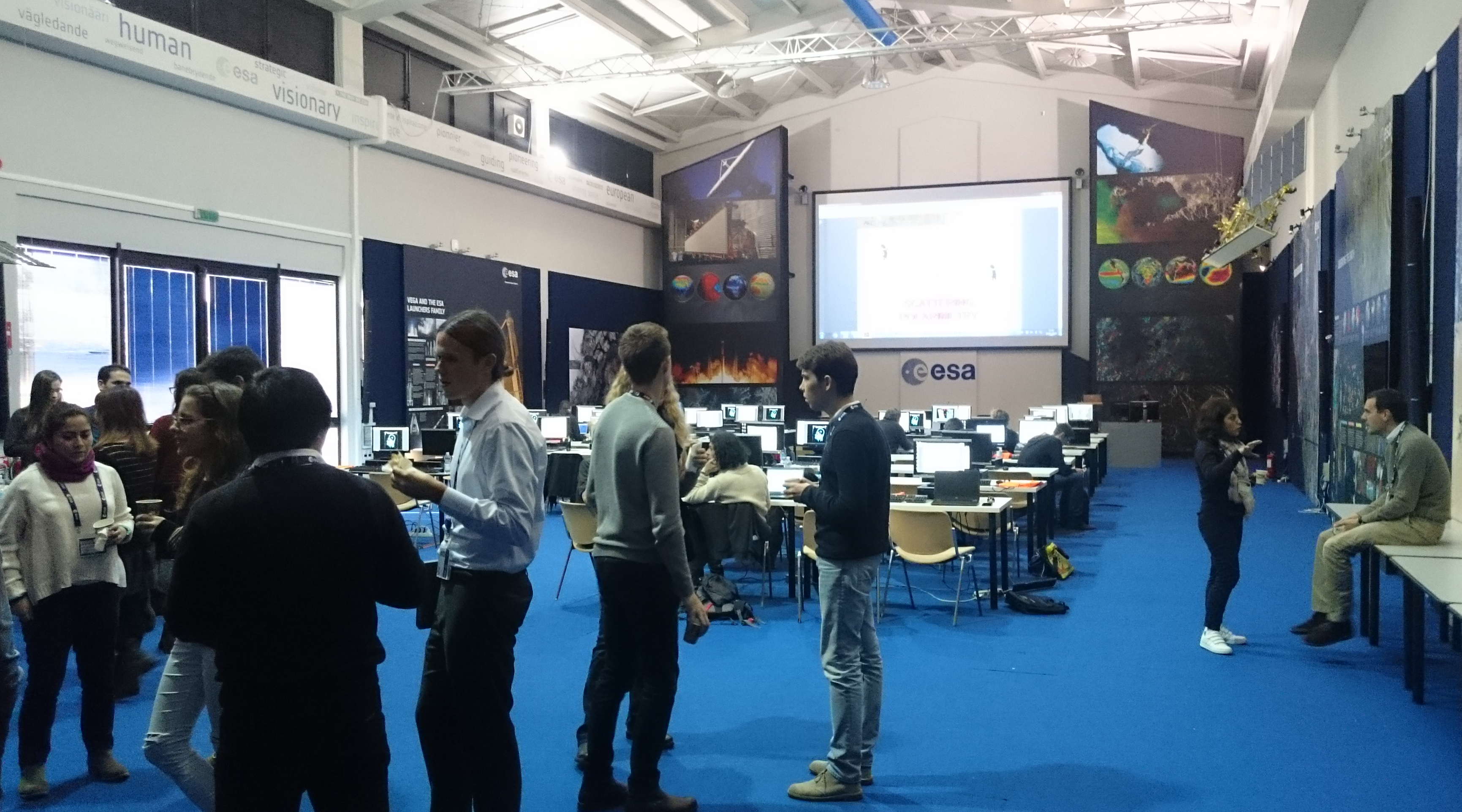
The lecture room at ESA-ESRIN
Categories & Tags:
Leave a comment on this post:
You might also like…
Earth’s silent hero: Why soil is finally stepping into the spotlight
As a Soil Scientist, the start of December is always an exciting time of year, specifically World Soil Day (5 December). This year, it’s doubly special, because we are also celebrating the 75th Anniversary ...
How do I reference social media… in the NLM style?
Although it’s not considered to be scholarly material, you may find information on social media useful for a piece of academic work. It may be that a particular post on X or Facebook illustrates or ...
Want to improve your reading skills?
Are you starting to read through the mountains of journals, books or articles for your project or on your course reading list? Let’s start with a few myths about the reading process: You need to ...
Introducing… Bloomberg Spreadsheet Analysis (BSA)
Want to take your Bloomberg data skills in Microsoft Excel to the next level? The new Bloomberg Spreadsheet Analysis (BSA) certification is designed to help you do just that. Created by Bloomberg, BSA is an ...
Bridging Science and Supply: My Journey at the GCSG European Knowledge Forum 2025
Earlier this year, I had the honour of being selected as one of the 2025 Global Clinical Supplies Group (GCSG) European Scholarship Winners, an opportunity that took me to Budapest, Hungary, for the GCSG ...
Engineering a Greener Tomorrow: The Future of Sustainable Manufacturing
Across the world, engineers are facing one of the greatest challenges of our time: how to manufacture more while consuming less. As industries race toward net-zero targets, sustainability has become the driving force behind ...

